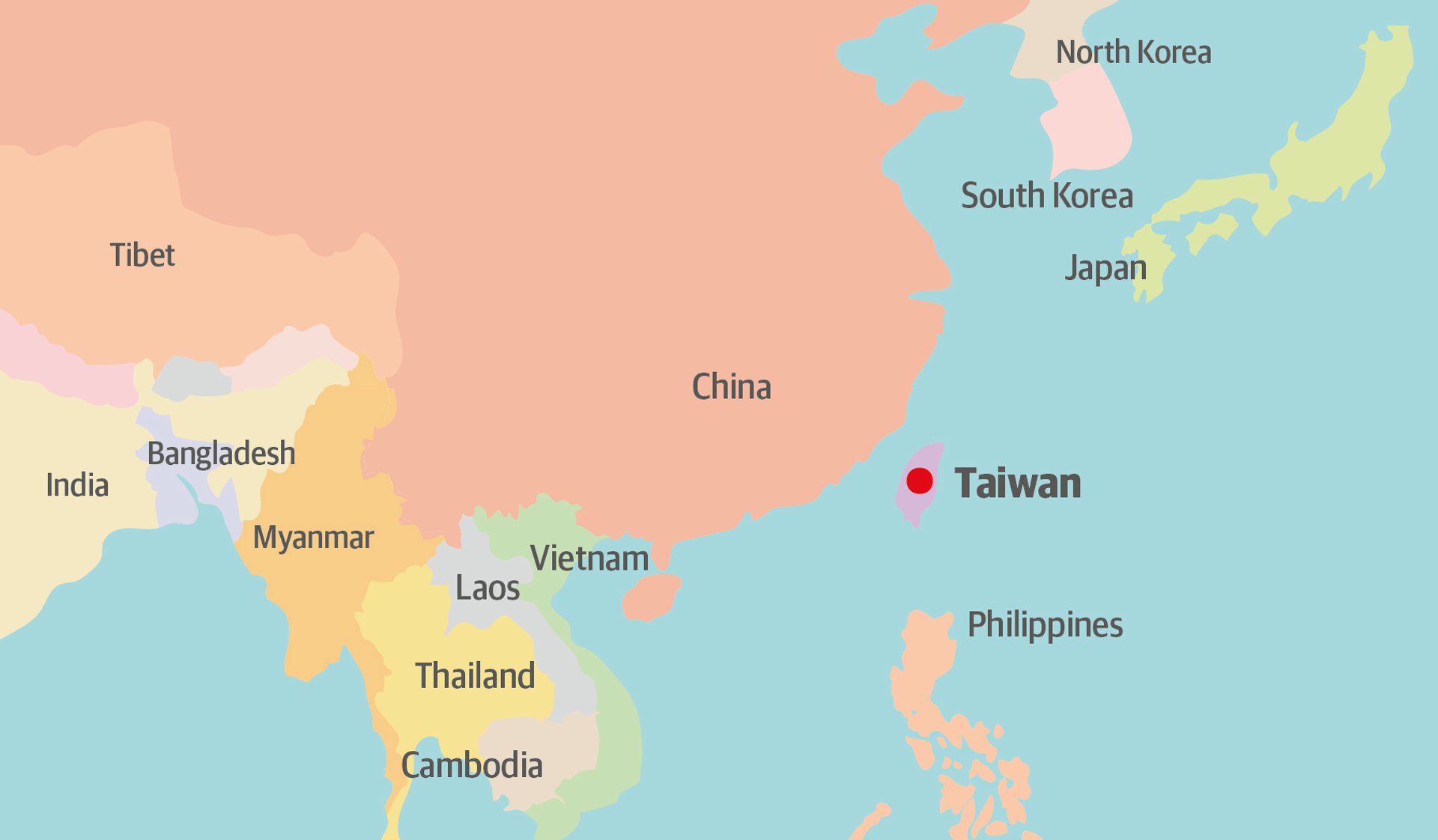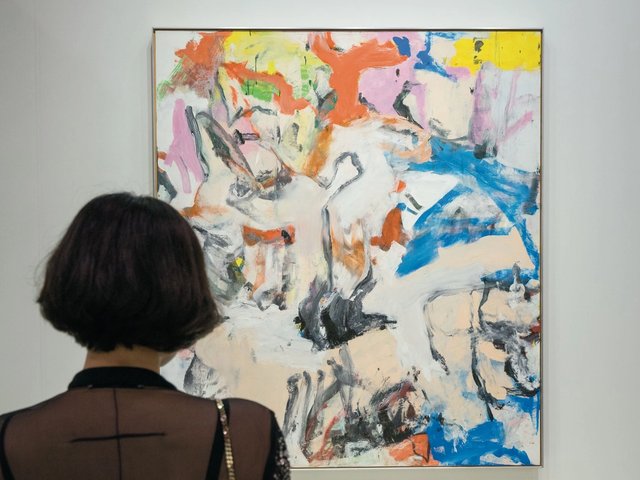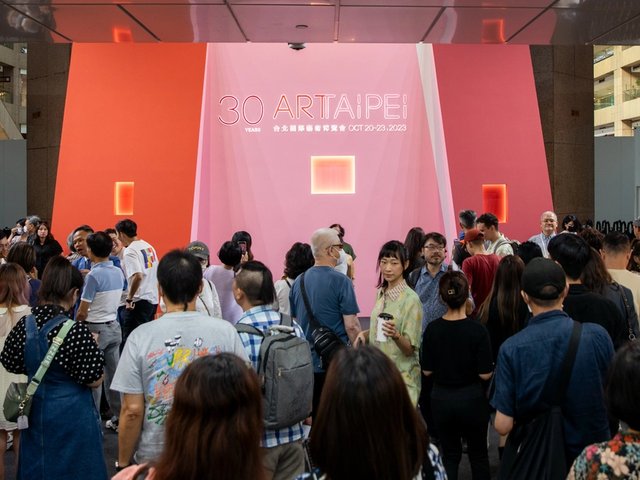Mainland China’s rise, both economically and artistically, has cast a long shadow across Taiwan. The open, democratic island nation of 22.8 million people, mostly Han Chinese, has a long-established art system that evolved along with the Western market, rather than the seemingly overnight transformations under way in much of Asia. That, however, has left the nation’s vibrant art and culture scene struggling to find relevance amid the growth of Hong Kong and mainland China (which still claims Taiwan).
“Taiwan’s art market has been through many ups and downs, so it’s more mature than those other countries,” says Shelly Wu, the director of TKG+ (Tina Keng Gallery). “It has evolved from a local market to an international, but mainly Asia-focused, market.”

Ahead of Singapore
Taiwan’s presence in the global art market remains significant. Artprice ranked the island’s contemporary art sales as the world’s sixth largest in 2014, valued at €9.9m, behind Germany (€10.9m) but comfortably ahead of Singapore (€5m).
Along with unpoliced expression, Taiwan offers a gentler tax burden than the mainland, though heavier than Hong Kong’s. Emerson Wang, the director of Art Taipei, says that sales at the fair were taxed at around 5%, although before 2013 taxes were not enforced. Moreover, antiques and antiquities can be freely traded, says Odile Chen at the Taiwan-based auction house Ravenel. (In China, there are strict limits on selling items made before 1949.)
Taiwanese collectors are known as sophisticated, affluent, engaged, versatile—and likely to take their time. Wang says that they like to “sleep on” a work before buying it. Steven Lee, the managing director of the gallery Asia Art Center, which operates in Taipei and Beijing, describes Taiwanese buyers as “relatively conservative”, and having little interest in new media and installation art.
Wu points out that these broadly conservative tastes are mitigated by “a group of collectors who also collect cutting-edge works”, including early enthusiasts of now well-known Chinese artists such as Zao Wou-Ki, Sanyu and Yun Gee. “I would boldly say that Taiwan is still the trend leader in the Chinese art market, from traditional art to Modern and contemporary art,” she adds.
The strong, often multi-generational base of local collectors, combined with broad public access to and interest in the arts, should make Taiwan an attractive place to show and sell. Indeed, the tendency of Taiwanese galleries—for example, Asia Art Center, TKG+, Longmen Art Projects, Lin & Lin and Soka Art Center—to open in mainland China has recently switched directions. The mainland galleries Aura and Parkview Green have opened spaces in Taipei, and many more participated in the Art Taipei fair this year.
But the low-key optimism in Taiwan is tempered by a frustration at lost opportunities, and a fear of being further eclipsed by its neighbours.
“Taipei could have been an arts hub like Berlin. The operating costs here are lower and it is very accessible to everywhere, but there hasn’t been any policy [promoting] it,” says Huang Yaji, a partner at Aura Gallery, which has spaces in Taipei and Beijing. “I have faith in the collectors here, but I think it is too late for Taipei to build up its importance in the [wider] art market now.”



